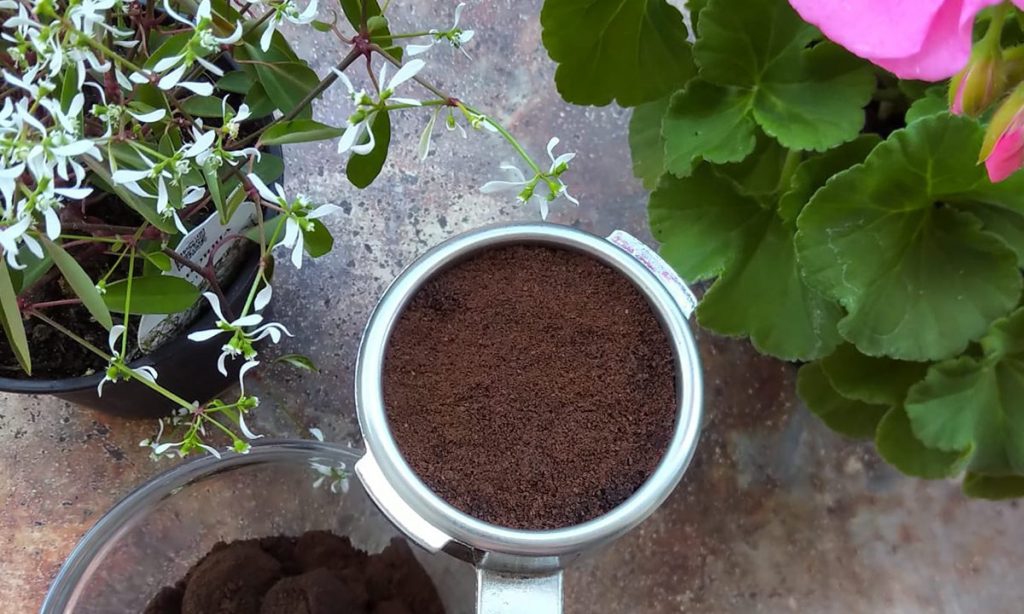An espresso in your garden: how to recycle coffee grounds

Coffee is one of the most consumed drinks in the world. For break times or for an energy boost, it is a perfect companion for many moments throughout the day. And, once you have enjoyed its taste, do not throw away the coffee pucks! There are plenty of ways to give them a second life. For example, they can be recycled and used for gardening.
Coffee grounds, in fact, are rich in nutrients such as calcium, nitrogen, potassium and magnesium, essential for fertilisation. For this reason, they can be employed as an excellent natural compost, especially for plants that love acidic soils, such as azaleas, hydrangeas, rhododendrons and camellias. Before their reuse, it is important to store them properly in a dry plastic bag or sealed glass container, to prevent any mold formation.
So, how to use them, in the best way? Just spread the coffee directly on the ground or in the pot, near the plant. Furthermore, to make a powerful and ecological liquid solution, you can put two cups of coffee grounds in a bucket full of water, and let them sit there for at least 24 hours. The fertiliser obtained can be sprayed directly on the plants, as nourishment for the leaves, which will become greener and luxuriant.
Recycling coffee grounds can also be useful for another important ally for a healthy garden: the repellent. In fact, they can be scattered around the plants and at the edges of the garden. In this way, you can obtain a valid help in removing unwanted snails, insects and small animals. As an old grandmother’s remedy teaches, coffee grounds and ash are the perfect method to protect the garden, without resorting to chemicals or pesticides.
Moreover, not everyone knows that coffee grounds also favor the growth of many vegetables and fruits, such as carrots and radishes. The addition of coffee powder to the seeds of these veggies makes sowing easier and, during the development of the seedlings, it will release the right nourishment by keeping pests away.
Recycling is a precious and fundamental habit for the sustainability of the environment. Start with a small step: preserve your espresso coffee puck and give your favorite drink a “green” second life!
 Truly Italian Roots
Truly Italian Roots